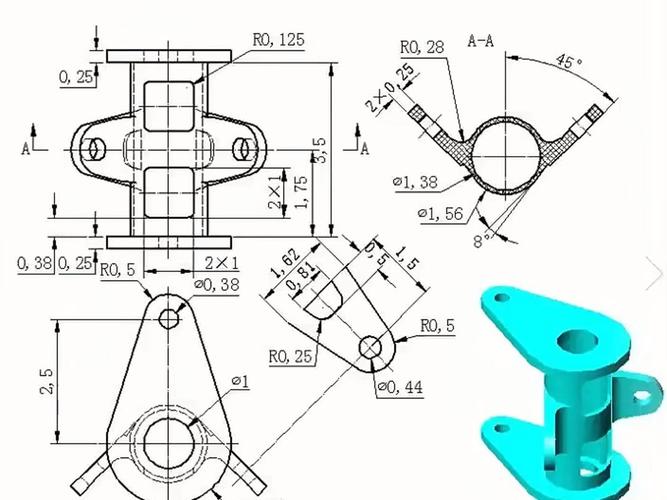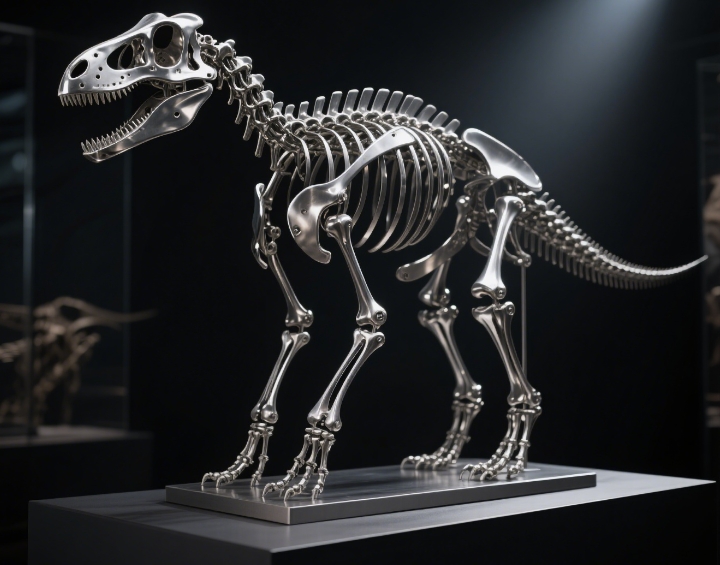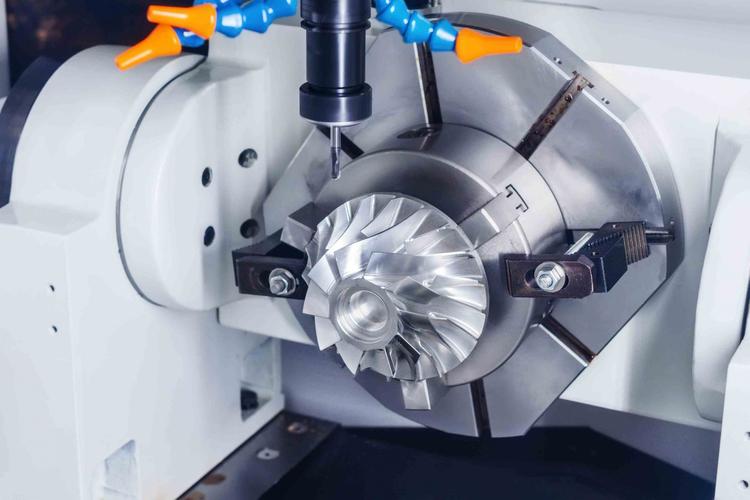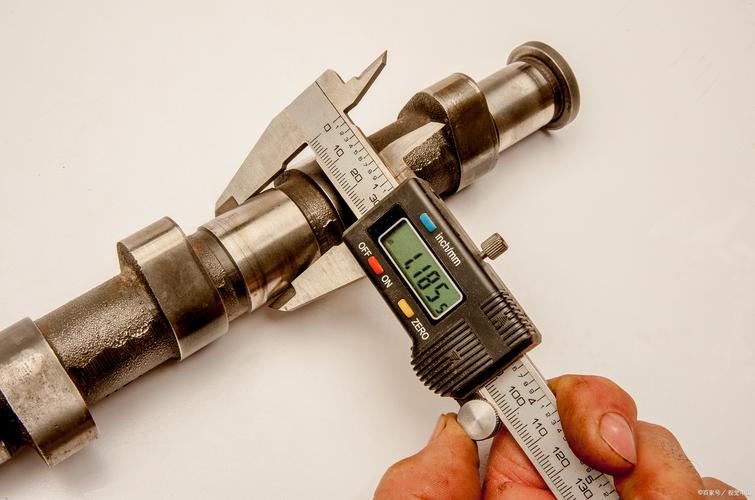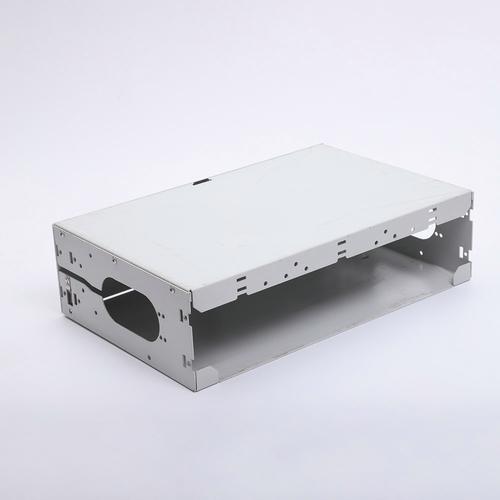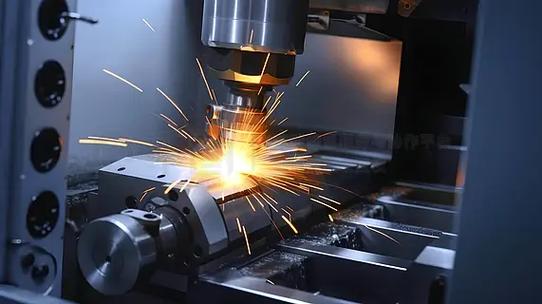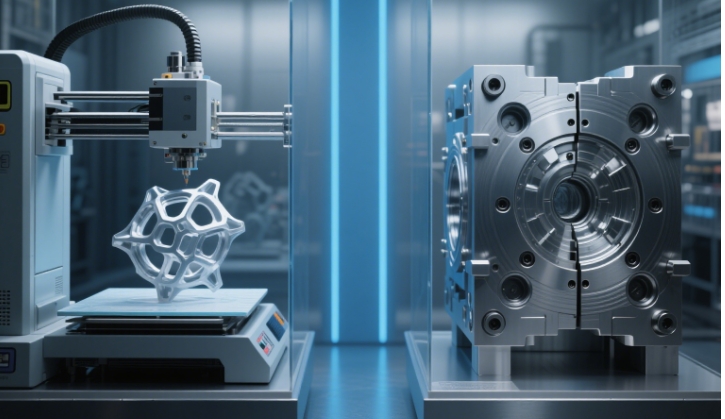
1、Answer
The choice between 3D printing and injection molding should be based on production scale, design complexity, and cost goals:
Give priority to 3D printing: If the demand is for small – batch production (< 500 pieces), complex structures (such as hollow / curved surfaces), rapid iteration (such as product prototype verification), or special materials (such as metals / biocompatible materials).
Give priority to injection molding: If the demand is for large – batch production (> 10,000 pieces), regular geometric shapes (such as cubes / cylinders), cost – effective mass production (such as daily necessities / automotive parts), and the design is finalized.
2、Expansion
Analysis of Core Decision – making Dimensions and Scenarios
Production Quantity: The Watershed of the Cost Curve
3D printing: The unit cost is fixed (e.g., a nylon part costs about $50 per piece), so the total cost for 100 pieces is $5,000. However, the cost for 10,000 pieces reaches $500,000, which is far more than that of injection molding (mold cost of $50,000 + $2 per piece, with a total cost of $70,000).
Injection molding: The mold cost is high ($20,000 – $200,000), but it is suitable for “cost – spreading with large quantities”. When producing 100,000 pieces, the unit cost can drop from $5 for 10,000 pieces to $1.5.
Reference for the Break – even Point: For plastic parts, injection molding usually becomes more economical than 3D printing when the quantity is between 500 – 1,000 pieces. For metal parts, due to high material costs, the break – even point may drop to 200 pieces.
Design Complexity: The “Natural Limitations” of Molds
Scenarios with 3D Printing Advantages:
Complex internal structures: For example, the cooling air ducts of an aero – engine (traditional processes require assembling more than 20 parts, while 3D printing can form them in one step);
Personalized customization: In the medical field, patient – specific scoliosis braces (after scanning human data, they can be directly printed, with a 90% improvement in fit).
Limitations of Injection Molding:
Under – cut structures should be avoided (for example, the inner – side threads of a bottle cap require a side – core – pulling mechanism, increasing the mold cost by 30%);
It is difficult to achieve ultra – thin – wall parts (< 0.5mm is likely to cause insufficient filling), while 3D printing can achieve a wall thickness of 0.3mm.
Materials and Properties: Function – oriented Choices
Specialized Materials for 3D Printing:
Metals: Titanium alloy (with a strength of 1,000MPa, used in aerospace), stainless steel (corrosion – resistant, used for medical implants);
Special plastics: PEEK (resistant to high temperatures of 260℃, used for automotive engine parts).
Advantageous Materials for Injection Molding:
General – purpose plastics: PP (flexible, used for clothes hangers), PE (low – cost, used for plastic bags);
Composite materials: Glass – fiber – reinforced nylon (with a 50% increase in strength, used for automotive gears).
Time Cost: Efficiency from Design to Implementation
3D printing: A sample can be produced within 24 hours after modifying the drawing, which is suitable for “trial – and – error iteration” (for example, a startup company used FDM printing to produce 20 versions of drone shells and completed the optimization in 7 days);
Injection molding: Mold design + processing takes 4 – 12 weeks (complex molds such as automotive dashboards take 20 weeks), which is suitable for the “final solution” after the design is frozen.
Compromise Solutions and Emerging Trends
Rapid Tooling (3D Printing + Injection Molding):
Using 3D – printed aluminum molds (costing $5,000 with a lifespan of 5,000 times) to produce 500 – 10,000 pieces, the cost is 60% lower than that of steel molds, and the speed is 3 times faster (such as small – batch trial production of consumer electronics).
Multi – process Combination:
First, use 3D printing to verify the functional prototype (such as the internal flow channel of a valve), and then use injection molding to produce the outer shell, taking into account both efficiency and cost.
Breakthroughs in Technical Boundaries:
The speed of metal 3D printing has increased (for example, the Binder Jetting technology can reach 200 kg/hour), which may extend the economic batch to 5,000 pieces, gradually encroaching on the “territory” of traditional injection molding.
Summary: If you are an “innovator” (needing to quickly verify ideas), choose 3D printing; if you are a “producer” (needing stable mass production), choose injection molding. The two are not opposed – 90% of injection – molded products need to go through 3D – printed “trial – and – error” first, and the complex structures of 3D – printed products often need to be “mass – production – modified” by injection molding processes. Together, they form the “innovation – mass production” chain in the manufacturing industry.

